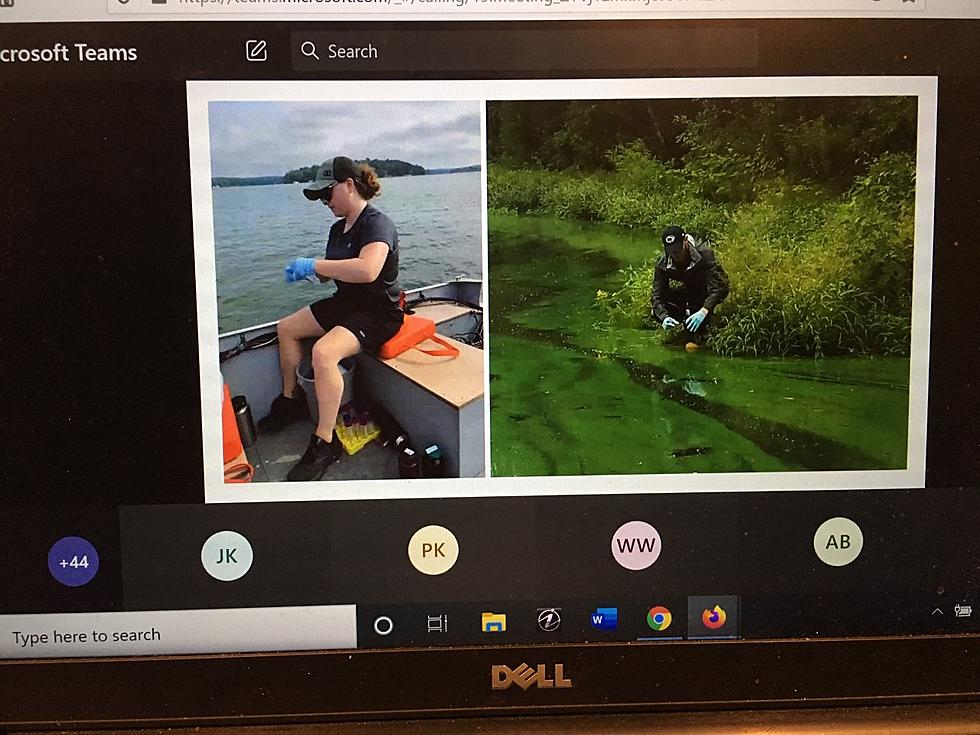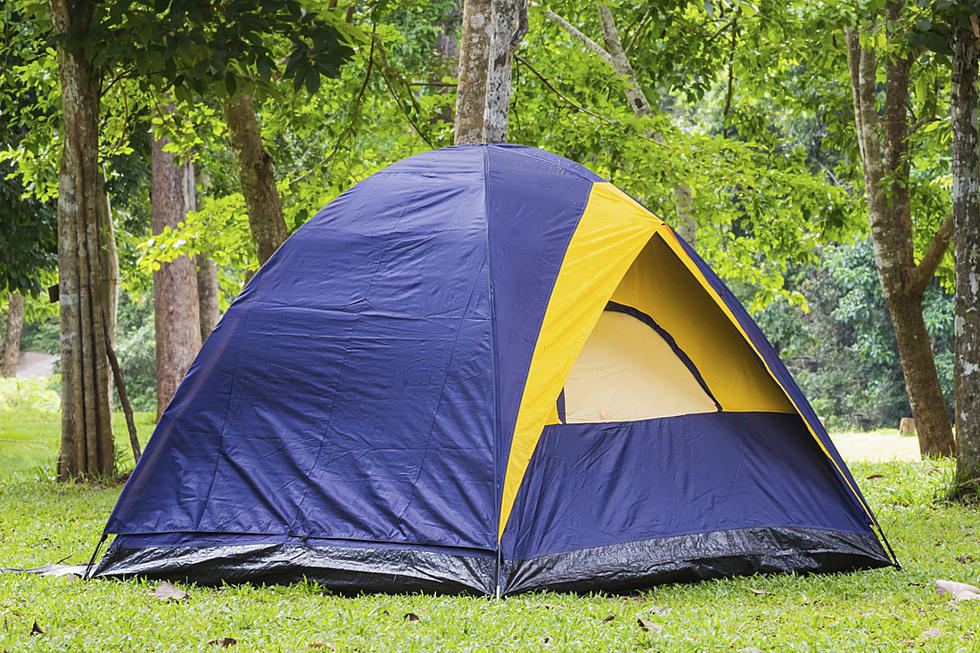
Harmful algal blooms: Where they are in NJ, how to report them
Responsible for a halt to all activities in several bodies of water across New Jersey last summer, harmful algal blooms are prompting additional advisories as the state enters the hottest months of the year.
To keep residents informed and help them avoid the negative health effects related to HABs, the state Department of Environmental Protection has launched an interactive mapping tool that allows the public to report suspected cases of the growing global problem here in New Jersey. At the same time, a new color-coded HAB alert index aims to let the public know which activities should and should not occur in certain water bodies, depending on levels of bacteria present.
"We think that the high temperatures that are coming with climate change, and heavy rain events that tend to wash the fertilizer and other waste down into the lakes, are contributing to the problem," DEP Commissioner Catherine McCabe told New Jersey 101.5.
Blooms are typically an issue in bodies of water that are standing still, such as lakes. Once HAB presence is confirmed, it can't be reduced, McCabe noted. But it can be avoided.
Exposure to or ingestion of affected water can produce effects from a mild rash and flu-like symptoms to liver toxicity and neurological issues. Children and pets are considered to be more vulnerable because they ingest more water in relation to their weight.
As part of a response strategy from the state, the DEP on Tuesday announced the launch of a mapping tool that the public can use to submit information about suspected HABs. Through the tool, users can describe what they're seeing and where, and submit a photo. The DEP can then investigate those claims.
Depending on the size of the problem, the body of water could then be assigned one of five index levels — watch, alert, advisory, warning, or danger — indicating which recreational activities are not suitable. At all levels, it's recommended individuals and their pets do not ingest the water or consume fish from the water.
"We depend very heavily on tips," McCabe said, noting the blooms tend to look like pea-green paint in the water. "There's a limit to what we can see in the air."
As of Sunday night, the interactive map supplied by DEP listed seven advisories:
- Mountain Lake, Liberty Township
- Branch Brook Park Lake, Newark
- Spruce Run Reservoir, Hunterdon County
- Rosedale Lake, Hopewell Township
- Sunset Lake, Asbury Park
- Amico Island Park, Delran
- Dramasei Park Lake, Gloucester Township
With an "advisory" alert, public bathing beaches are closed, and the public is urged to avoid primary contact recreation. Color-coded signs are to be posted at impacted water bodies when harmful algal blooms occur.
"The new multi-tiered approach for HABs developed and issued by the DEP allows municipalities greater flexibility in terms of how to manage public notification and respond with appropriate action in the event of a HABs occurrence," said Hopatcong Borough Mayor Michael Francis.
Lake Hopatcong is one of several bodies of water in New Jersey closed off to all recreational activities last summer. Nearly 40 HABs occurred statewide last year.
The latest response strategy, the DEP said, advances a broader HAB initiative directed by Gov. Phil Murphy in November, including millions of dollars in funding for local projects to mitigate the impacts of the blooms.
More From WOBM News:

How To Stay In Touch With Friends While Social Distancing
More From Beach Radio








